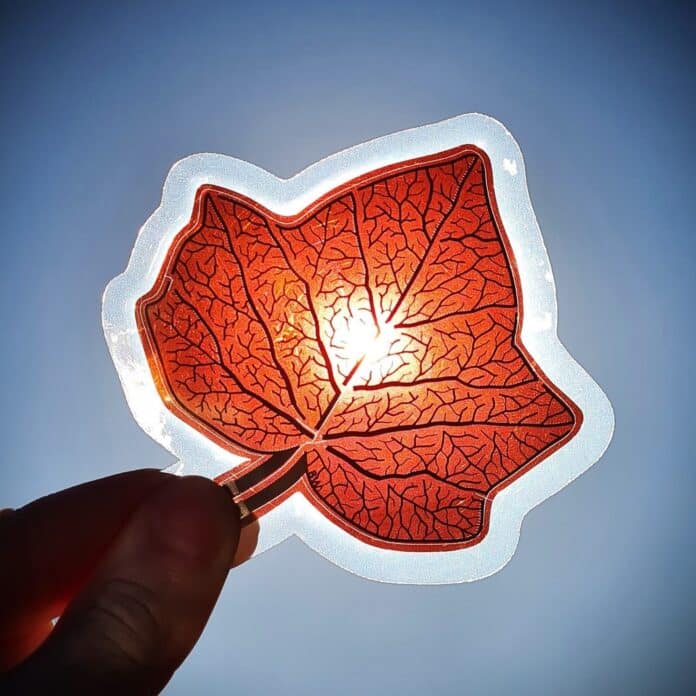Organic solar cells show great promise for clean energy applications. However, solar cells made from organic (carbon-based) semiconductors do not maintain their efficiency for long enough under sunlight for real-world applications.
To address this problem, researchers studied the degradation mechanisms for the two components used in the light-absorbing layer of organic solar cells: the ‘electron donor’ and ‘electron acceptor’ materials. These two components are needed to split the bound electron-hole pair formed after the absorption of a photon into the free electrons and holes that constitute an electrical current.
In the new study, an international team of researchers led by the Cavendish Laboratory at the University of Cambridge has first time considered the degradation pathways of both the electron donor and electron acceptor materials.
To understand how these materials degraded, researchers combined photovoltaic device stability studies, where the operational solar cells are subject to intense light that closely matches sunlight, with ultrafast laser spectroscopy performed in Cambridge. Using this laser technique, the team identified a new degradation mechanism in the electron donor material involving twisting in the polymer chain.
When the twisted polymer absorbs a photon, it undergoes an extremely rapid deactivation pathway on femtosecond timescales. This undesirable process is fast enough to outcompete the generation of free electrons and holes from a photon. This is the cause of reduced efficiency of the organic solar cell after it had been exposed to simulated sunlight, the researchers say.
“It was interesting to find that something as seemingly minor as the twisting of a polymer chain could have such a large effect on the solar cell efficiency,” said Dr. Alex Gillett, the paper’s lead author. “In the future, we plan to build on our findings by collaborating with chemistry groups to design new electron donor materials with more rigid polymer backbones. We hope that this will reduce the propensity of the polymer to twist and thus improve the stability of the organic solar cell device.”
Organic solar cells can be used in a wide range of applications for which traditional silicon photovoltaics aren’t suitable. Researchers believe that by identifying the degradation mechanism that needs to be solved, the current research directly brings the next generation of photovoltaic materials and applications closer to reality.
Journal reference:
- Yiwen Wang, Joel Luke, Alberto Privitera, Nicolas Rolland, Chiara Labanti, Giacomo Londi, Vincent Lemaur, Daniel T.W. Toolan, Alexander J. Sneyd, Soyeong Jeong, Deping Qian, Yoann Olivier, Lorenzo Sorace, Ji-Seon Kim, David Beljonne, Zhe Li, Alexander J. Gillett. The critical role of the donor polymer in the stability of high-performance non-fullerene acceptor organic solar cells. Joule, 2023; DOI: 10.1016/j.joule.2023.03.002
